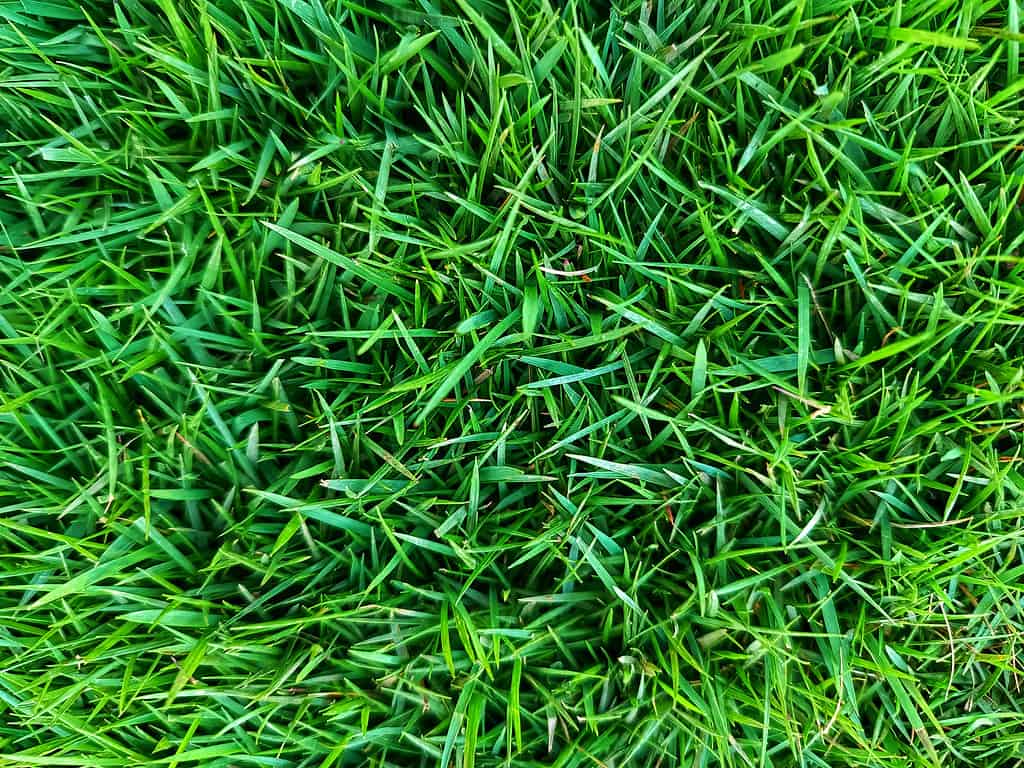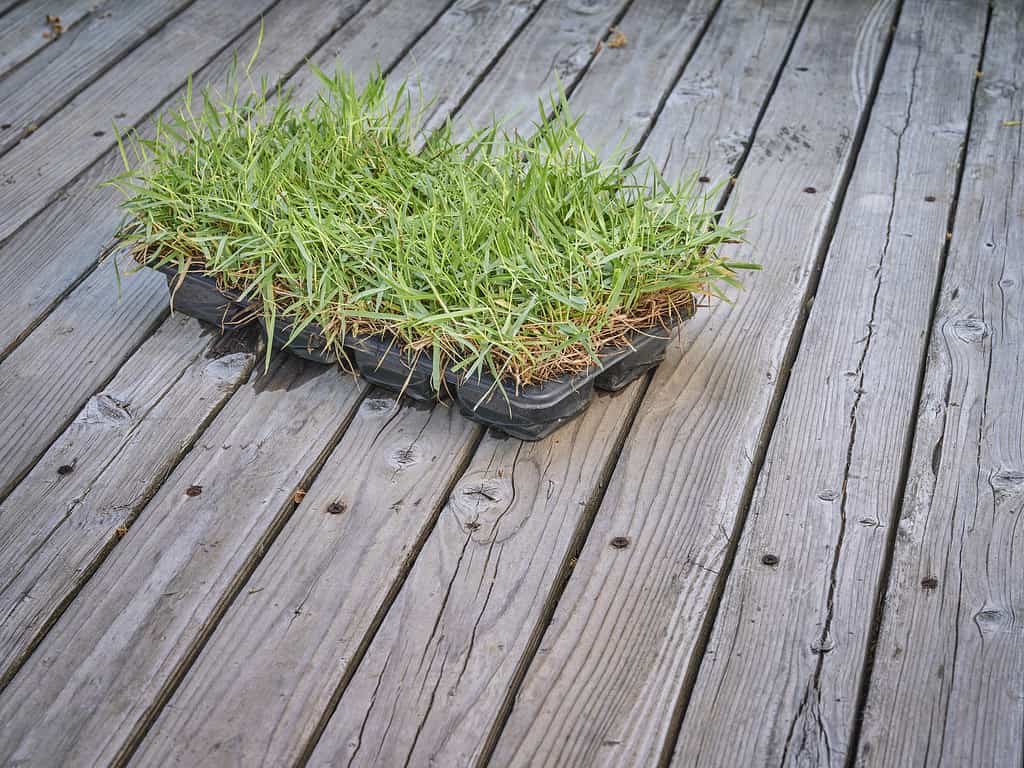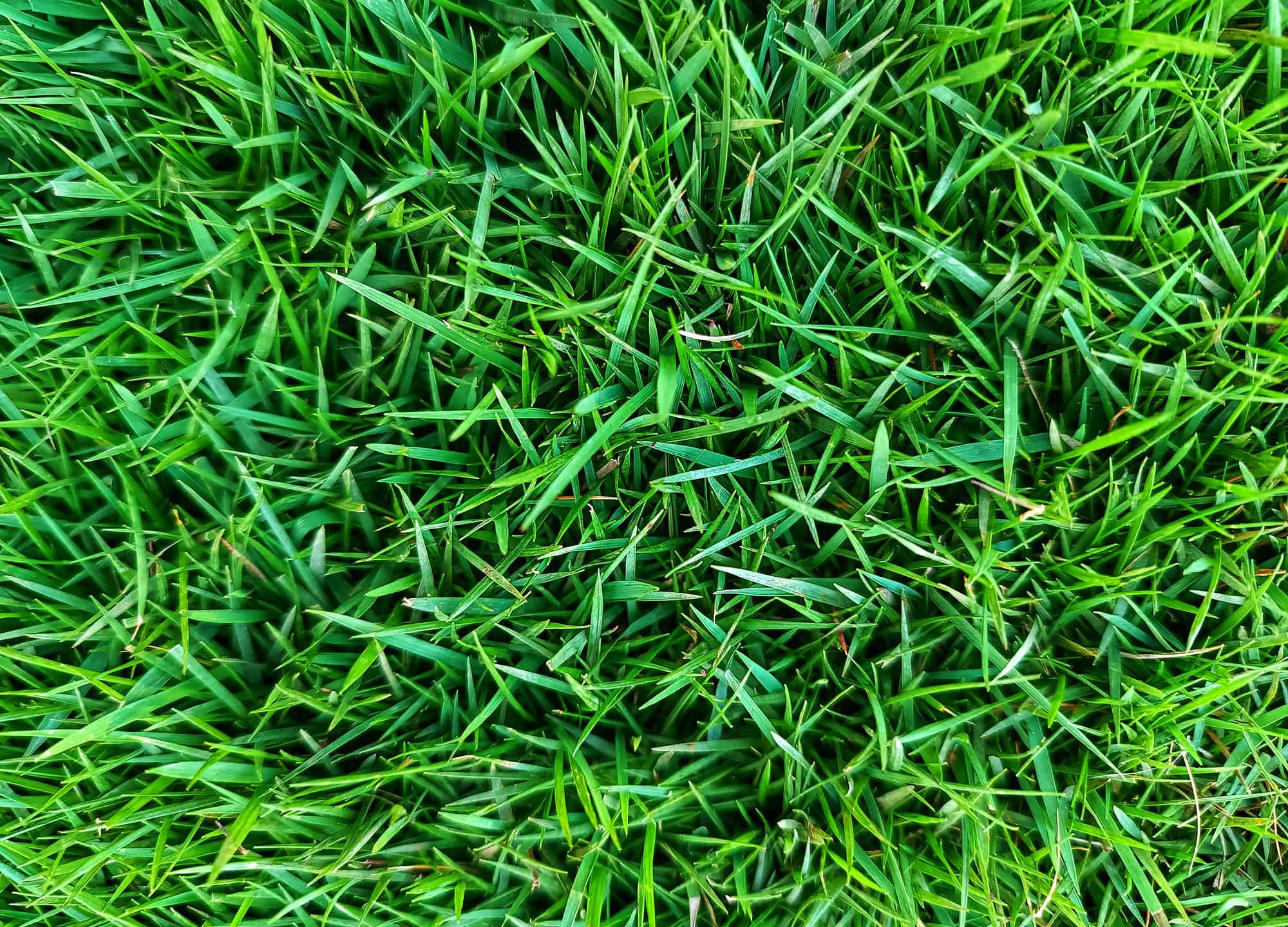Florida is renowned for its warm, tropical climate and stunning natural landscapes. Its abundant sunshine and regular rainfall make it the perfect location to grow various plants, including the popular Zoysia grass. However, with so many types of Zoysia grass available, choosing the right one for your needs can be challenging.
In this article, we’ll explore some of the best types of Zoysia grass for Florida. We’ll also provide you with some helpful planting tips to ensure your lawn thrives.
What is Zoysia Grass?

Zoysia grass grows best in warm weather.
©iStock.com/HendSTD
Zoysia grasses, originating from Asia, have become a popular turf option throughout the United States due to their attractive appearance. Newer cultivars of Zoysia grass have been developed, featuring improved insect resistance, technological advancements, and overall better performance.
Zoysia grasses are known for their adaptability to various soil types, salt tolerance, traffic tolerance, and shade tolerance. They spread through stolons and rhizomes and can produce a dense ground cover that resists weed invasion if managed correctly. However, certain pests can be problematic.
Proper lawn maintenance practices are essential to maintain a healthy lawn with minimal pest problems. Zoysia grass requires proper fertility to maintain good cover and healthy growth characteristics. During dry periods, supplemental irrigation may be necessary to keep it green. Pesticides may be required periodically, but their use can be minimized by implementing other cultural practices like irrigation, fertilization, and mowing.
It’s important to note Zoysia grass differs from maintaining other Florida lawn grasses; improper maintenance practices can lead to undesirable results.
The Best Types of Zoysia Grass to Grow in Florida

Zoysia grass is often used in high-traffic areas, such as golf courses.
©iStock.com/marekuliasz
Zoysia grass is a popular choice for lawns in Florida because it can withstand the state’s hot and humid climate. Here we explore the best types to grow in the state.
El Toro
In 1986, the state of California released a new and improved Zoysia japonica cultivar known as ‘El Toro,’ featuring a coarser texture.
Benefits
El Toro, a type of Zoysia grass, boasts several advantages. It has a quicker establishment rate, exhibits superior drought tolerance, is less prone to thatch accumulation, and displays a vibrant cool-season color. El Toro is known for its ability to green up earlier in the spring. The grass also features increased shade tolerance and improved resistance against unsightly rust disease.
Spread Rate
El Toro grass can be established rapidly by sodding or sprigging methods, which sets it apart from other Zoysia grasses. Its strong lateral spreading ability allows it to swiftly cover any exposed areas, and within just two weeks, a full establishment can be expected.
Maintenance
To maintain a healthy look during the hot summer months, it’s recommended to water it with around 1 to 1 1/4 inches of water per week. However, if you have a grass variety that grows on sandy soil, it may need more frequent watering, around 1/2 inch of water every third day. It’s essential to keep an eye on your grass; if you notice its leaves turning light green-grey and becoming narrow, it’s a sign that it needs water.
Hardiness
Thanks to its dense growth pattern, El Toro can endure foot traffic and recuperate quickly from any harm sustained. Furthermore, this type of grass creates a barrier that is challenging for insects and weeds to penetrate, thus decreasing the frequency of herbicide and insecticide applications. Additionally, El Toro is known for its superior shade resistance compared to other Zoysia grasses and often flourishes in areas of the yard where other grasses would fail to grow.
Empire Turf
With its broad leaf and open growth pattern, Empire Turf can be trimmed with a regular lawn mower and features a deep green color.
Benefits
Empire Zoysia, a widely grown Zoysia grass in Florida, has many benefits, including its dense growth pattern, which contributes to its robustness and ability to retain an attractive green hue. Another notable feature of this type of grass is its adaptability to different soil types, even sandy and clay ones.
Spread Rate
Empire Turf has the potential to establish itself relatively quickly if it is planted during warmer weather. However, planting in early spring or autumn may take slightly longer than other Zoysia types to establish, by approximately a week. It is important to note that Empire Turf grows at a slower rate, around 1/2 inch per week during its early stages, and this rate decreases to around 1/4 inch per week once it reaches full maturity.
Maintenance
To maintain the health of Empire Turf, avoid scalping it, mow as needed during summer while being cautious not to over-fertilize, and refrain from mowing when wet or soggy. Newly laid Empire Turf requires sufficient watering in the beginning, but after rooting, it can survive on rainwater due to its deep roots. To establish the new Empire Turf, water it thoroughly for 7-10 days to ensure proper soil saturation.
Hardiness
Empire Turf is a hardy warm-season zoysia grass that can grow well and is suitable for sandy and clay soils. It has excellent traffic tolerance and is highly resistant to chinch bugs. It can also tolerate drought conditions very well and thrive in partial shade to full sun.
Icon
The hybrid grass variety known as Icon is a product of Australian research and development, specifically through the combination of Z. japonica and Z. macrantha species.
Benefits
Icon Zoysia is a type of grass that is notable for its slightly narrower blade compared to traditional Zoysia. It is famous for its gentle texture, which makes it perfect for outdoor recreational areas. Guests can comfortably walk barefoot on the grass without discomfort. The grass is well-known for its rich emerald green color, which can occasionally have blue undertones. It thrives in the Florida climate and requires minimal maintenance, making it a popular option for residential and commercial properties.
Spread Rate
If you’re searching for a sod variety that establishes itself quickly, then Icon Zoysia is an excellent option, given its adaptability to subtropical environments and fast growth rate. The grass immediately becomes dense and green and grows even when exposed to daily wear and harsh weather conditions. In addition, Icon Zoysia grows rapidly, with a preference for horizontal rather than vertical growth.
Maintenance
You should mow the grass every other week during the winter months, while weekly mowing is recommended during the summer months. Icon Zoysia has a high drought tolerance and only requires roughly an inch of water each week, and it may require even less due to the frequent rainfall experienced in Florida. For optimal results, it is recommended to fertilize during late spring and early fall.
Hardiness
Icon Zoysia is ideal for warm environments but also endures cold weather well. The grass grows all year round but slows down during colder seasons. It performs exceptionally in regions with high levels of salt in the soil and air, making it an excellent choice for homes along Florida’s vibrant coastlines. In addition, it boasts fair shade tolerance and thrives in full-sun areas. Lastly, Icon Zoysia is more resistant to large patch fungus, a common problem with Florida lawns.
Emerald
The creation of Emerald zoysia grass involved the selective hybridization of two distinct species, Z. japonica, and Z. pacifica. This specially bred grass was developed in Tifton, Georgia, and was first released in 1955.
Benefits
One of the key characteristics of the ‘Emerald’ Zoysia grass hybrid is its unique combination of desirable traits inherited from its parent species. These include the winter hardiness, vibrant color, and fast growth rate of Z. japonica, as well as the fine texture and density of Z. pacifica. It is arguably the most attractive zoysia grass you can grow in Florida.
Spread Rate
The growth rate of Emerald Zoysia is notably slower compared to other grasses. Emerald Zoysia grasses grow steadily, exhibiting a creeping growth habit that results in a dense coverage. Emerald does not grow aggressively upward or spread outwards like other grasses.
Maintenance
For Emerald Zoysia to thrive, it requires a minimum of one inch of water every week. However, if the weather forecast predicts one inch of rainfall during that week, you can skip watering your lawn. When it comes to mowing, mow it every time the grass grows to a height of 2 inches. And finally, in terms of fertilization, Emerald Zoysia may need specialized fertilizers that cater to its needs, but it doesn’t require frequent fertilization.
Hardiness
Emerald is known to withstand extreme weather conditions, including harsh winters, hot summers, and infrequent watering. It is a preferred choice due to its ability to survive in shaded areas and can tolerate drought conditions. Furthermore, this grass species is disease-resistant and can withstand heavy foot traffic, making it ideal for high-use areas.
Thank you for reading! Have some feedback for us? Contact the AZ Animals editorial team.








